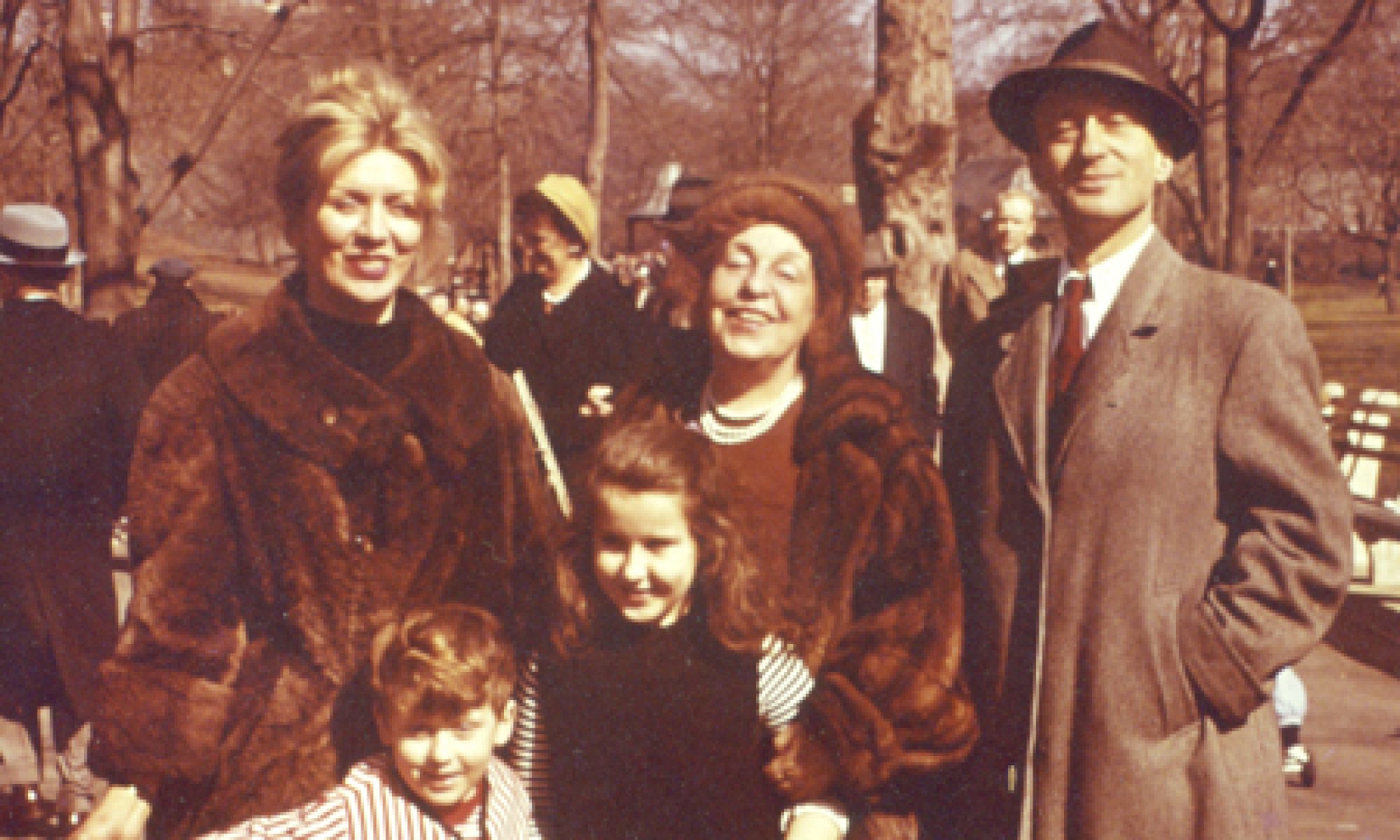I first read an op-ed piece by Eric Kaplan in the New York Times, called What Role Do you Want to Play? I thought it was charming and funny. And he’s a writer on the Big Bang Theory, so that’s a hell of a credit. I went looking for his other writing, and found his blog, and his book, Does Santa Exist?
Simultaneously, I was discovering the Overdrive Android app, which enables you to borrow library ebooks and e-audio books. Since I have library cards for Los Angeles, Los Angeles County, Santa Monica, Beverly Hills, and Pasadena/Glendale, there’s a trove of stuff out there to borrow without the chore of actually visiting a library (I love visiting libraries – I think they’re probably the single best thing in modern civilization, after, perhaps, the closed sewer). And I found Does Santa Exist? in audiobook form.
Here’s what I learned. Eric Kaplan is not just smarter than I am, he’s so much smarter than I am that I am actually moved to base feelings of envy. I’m reasonably smart, but I lack certain qualities such as energy and drive. One thing I’ve learned, working around people compared to whom I am slightly below average (JPL/Caltech) is that they are marked not just by processing power but by focus, drive, and energy. If you can work through fatigue, and stick to a goal without regard to immediate payoff, you are wayyyyy ahead of the game, even compared to a smarter person who needs a lot of sleep and can’t seem to get going.
Eric Kaplan is out there with the likes of Atul Gawande (surgeon and professor at Harvard, writer for the New Yorker, and, if you go by his articles, fine human being), Amanda Hesser (food writer for the New York Times and just ubiquitous and prolific), and a few others who I can’t even remember (my fault, not theirs).
There are wonderful writers out there who don’t make me feel small and inadequate; Tim Kreider and Heather Havrilesky, both of whom have been featured in the New York Times. They are funny, expressive, humane writers, but they’re not also surgeons, astrobiologists, TV writers, or bestselling authors.
Okay, back to Does Santa Exist? Very exciting book, though I recommend the written version over the audiobook. It takes some focus, and the whole idea of audiobooks is that you can do something else. If I’m going to sit quietly and listen to an audiobook and not do anything else, I might as well read a damn book. So there are certain portions, particularly about formal logic and the kabbala, of which I missed pieces.
There is one part toward the end, where he asks about why there is such a thing as a “point” to life, which I think makes too much of what amount to certain thoughts. He says (I’m paraphrasing here, so, sorry) that some people believe that matter has no point, that people assign points to things (this is what I believe). He argues that this fails because it implies that the universe is dualistic – made up of things without point and other things, people, with a point. I disagree: “points” are just thoughts, and thoughts are computational, and based on material brains. They are higher-order aspects, or products, of people and no more magical or esoteric than the color blue or happiness or envy. Which are all wonderful, and part of life, and so on, but not anything other than any other thoughts.
Anyway, Happy Mothers’ Day!
